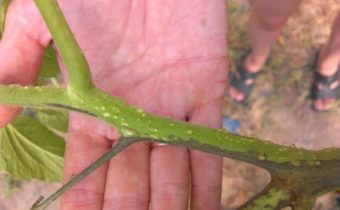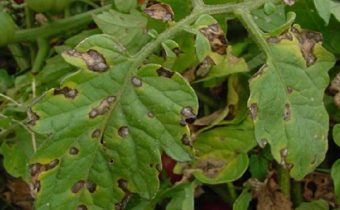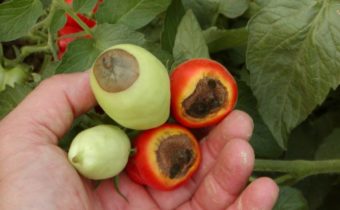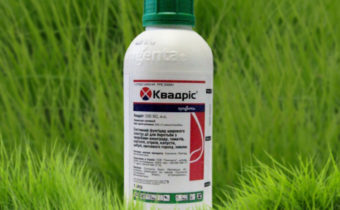When to apply Kvadris for tomatoes, from which diseases will save
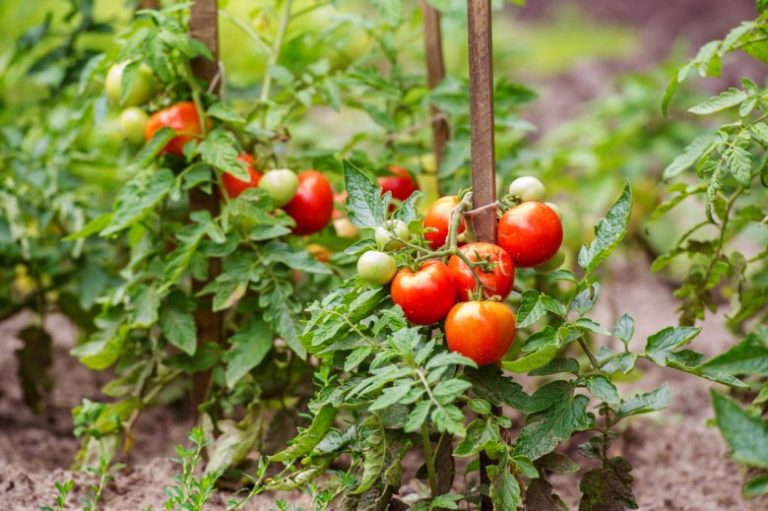
The main danger for tomatoes are fungi. Their activity is influenced by weather conditions, agricultural technology and varietal characteristics of the culture. It is difficult to observe crop rotation in small summer cottages, therefore, pathogens accumulate in the soil over the years.
Modern fungicides facilitate the prevention and treatment of fungal diseases of tomatoes. Quadris, an antifungal drug from Switzerland, deserves special attention.
Composition and purpose
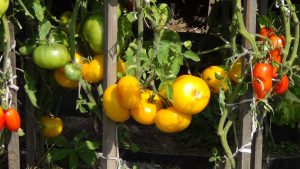 Kvadris has a convenient packaging. For small dacha plots, the market offers small packaging — small-volume ampoules (5–6 ml), to farmers, industrial agricultural enterprises and greenhouse complexes — 1 liter plastic containers.
Kvadris has a convenient packaging. For small dacha plots, the market offers small packaging — small-volume ampoules (5–6 ml), to farmers, industrial agricultural enterprises and greenhouse complexes — 1 liter plastic containers.
It is not allowed to use the Quaddris fungicide simultaneously with herbicides.
The active ingredient of the fungicide is azoxystrobin. It belongs to the class of strobilurins. Azoxystrobin kills the fungus and breaks down into nitrogen, oxygen, hydrogen. Unlike toxic chemicals, Kvadris does not contain sulfur, metal ions, phosphorus, therefore it does not impair the composition of the soil and does not accumulate in fruits.
Advantages and disadvantages of the application
The advantage of the drug is that it can be used during fruiting, it does not accumulate in the fruit. After treatment, its effect lasts at least 48 hours, it allows you to extinguish the outbreak of infection at the very beginning.
According to reviews of gardeners, Kvadris increases the duration of fruit bearing culture for 2-3 weeks. Fruits harvested from squared tomato bushes are stored longer. Its benefits include safety for the environment and for bees.
The list of benefits that the gardener gets Kvadris
- fungus is destroyed - the causative agent of the disease;
- beneficial soil microorganisms do not suffer;
- the weather does not affect the strength of the drug, the operating temperature range is from 4 to 30 ° C;
- photosynthesis in leaves of tomatoes improves, resistance to weather changes increases.
About the disadvantages
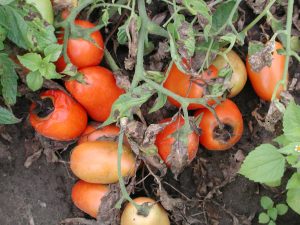 Buying Kvadris for processing tomatoes, it is worth knowing all about the preparation. In addition to the advantages he has and cons:
Buying Kvadris for processing tomatoes, it is worth knowing all about the preparation. In addition to the advantages he has and cons:
- toxic agent (hazard class II);
- fungicide is dangerous for fish and other living organisms in the water;
- it is impossible to treat the plants during flowering with the preparation; the active substances accumulate in the flowers;
- it is allowed to apply Kvadris on one site for 2 years and not more;
- for 100% destruction of mycelium, it is necessary to alternate Quadrice with other drugs;
- High accuracy is required when preparing the working solution.
If you add more funds to the working solution than indicated in the instructions, then the yield will decrease, the growth of tomatoes will slow down, the fungus will become resistant to fungicide. At introduction of a smaller dose, the effect from use will decrease.
Indications for use
Fungicide is used to treat and prevent diseases of the tomato, the pathogens of which are fungi:
- late blight;
- clasporiosis;
- Alternaria;
- macrosporosis;
- powdery mildew.
Quadris can treat any fungal diseases of the tomato.Good results are achieved by gardeners who use the remedy when the first symptoms appear.
How to cook and apply
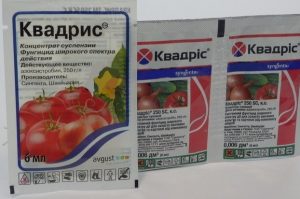 To work with the fungicide will require a sprayer with a stirrer. Prepare a working solution in its capacity. Nozzle set up on the smallest stream. All means from a bottle (ampoule) should be used 24 hours after opening. If the work is carried out for several hours, the sprayer tank is shaken every 60 minutes in order to prevent slurry separation.
To work with the fungicide will require a sprayer with a stirrer. Prepare a working solution in its capacity. Nozzle set up on the smallest stream. All means from a bottle (ampoule) should be used 24 hours after opening. If the work is carried out for several hours, the sprayer tank is shaken every 60 minutes in order to prevent slurry separation.
To work with the drug you need to have a respirator that does not let moisture into the suit. The respirator should cover the skin
Information on how to apply Quadris for processing tomatoes is given in the table.
| Tomatoes | Diseases | Consumption of funds (ml) per 10 liters in the first year | Consumption of funds (ml) per 10 liters in the second year | Season processing | Processing time | The duration of the fungicide (day) |
| open ground | late blight,
Alternaria, powdery mildew rot |
40 | 60 | 2 | the first time before flowering, the second time after 2 weeks, when the first fruits form on the bushes | 15-20 |
| closed
priming |
late blight,
Alternaria, powdery mildew rot |
80 | 100 | 2 | the first time before flowering, the second time after 10 days, when the first fruits form on the bushes | 15-20 |
The solution is prepared in the utility room. For cooking use a container made of non-food plastic. When using the drug is important dosage accuracy. The error in any direction (+/-) will give a negative result.
Cooking procedure
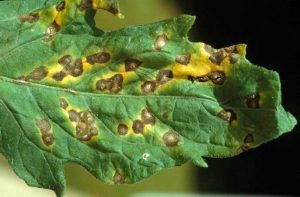
- Water (1-2 liters) is poured into the tank.
- Stir the stirrer.
- A fungicide is poured into the tank with a thin, even stream, while continuing to interfere.
- Continuing to mix, pour the water in portions with a hose.
- Empty containers from under the means before disposal are removed to an inaccessible place.
- The sprayer is prepared for operation, closed, shaken, and started to be processed.
Between harvesting and the last processing of tomatoes should take at least 10 days.
Precautions, Tips
Fungicide is phytotoxic, therefore the sprayer used for processing tomatoes cannot be used in the garden anymore. Residues in containers may adversely affect the yield of fruit trees and berry bushes. Quadries can be used for the prevention and treatment of the following cultures:
- grass lawn;
- onion turnip;
- tomatoes;
- cucumbers;
- grapes
All parts of the sprayer (tank, nozzle) and a vial from under the fungicide are washed in several waters immediately after the processing of tomatoes. Dirty water is poured into the sewer (septic tank).
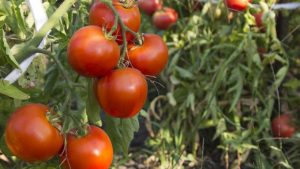 When spraying tomato leaves, the gardener should control the amount of liquid trapped on the leaves, a thin film should form on them, the working solution should not drain from the surfaces to be treated.
When spraying tomato leaves, the gardener should control the amount of liquid trapped on the leaves, a thin film should form on them, the working solution should not drain from the surfaces to be treated.
Read tips that will help you use the remedy for the fungus:
- remove from the garden of people and pets during the processing of tomatoes, they should not be there during spraying and 3 hours after it;
- permissible time of work with the fungicide does not exceed 6 hours;
- the treatment is carried out in the absence of sun and rain, if the wind speed does not exceed 5 m / s;
- immediately rinse the skin with water if drops of the working solution have got on it;
- If the working fluid is swallowed, induce vomiting, drink water (1 tbsp) and activated charcoal (3 tablets).
Reviews
Alena, Novosibirsk region
I use Kvadris when the first symptoms of phytophthora on tomatoes appear. On potatoes, it is less effective. I tried it on cabbage. Heads splash before cleaning (2 weeks). In the cellar are stored without problems, do not rot. Tomatoes harvested at the end of August do not darken and do not rot.
Sasha, Tver region
In rainy cool weather I spray tomato bushes with Quadris, I do not expect spots on the leaves and stems. I process tomatoes at least 2 times. I observe the recommended interval of 10 days.All summer tomato bushes are healthy, they have no alternariosis, or other fungal diseases.
Conclusion
Kvadris protects against fungal lesions not only tomatoes, other vegetables, it is successfully used from mildew, oidium on grapes. The Swiss drug solves the problem of ecological purity of the product, serves as a complete replacement of the Bordeaux fluid.


